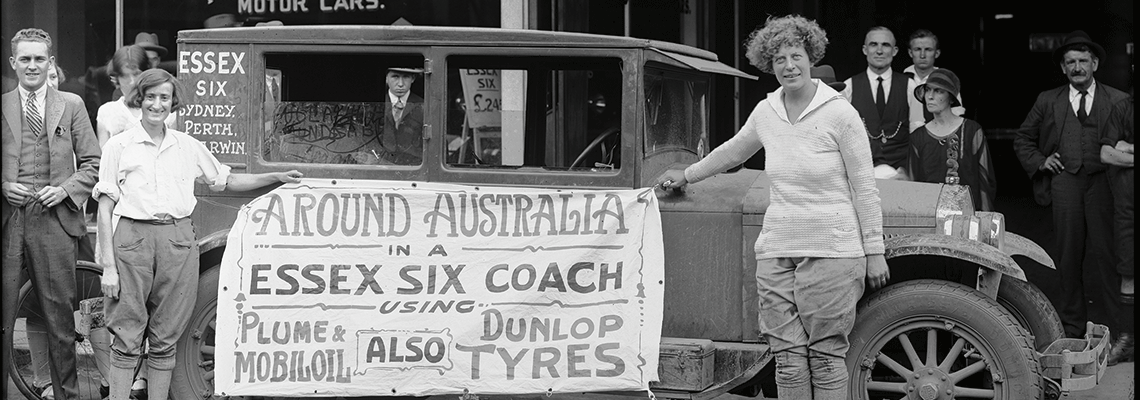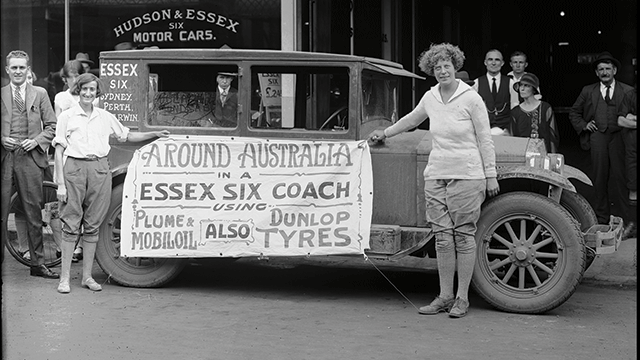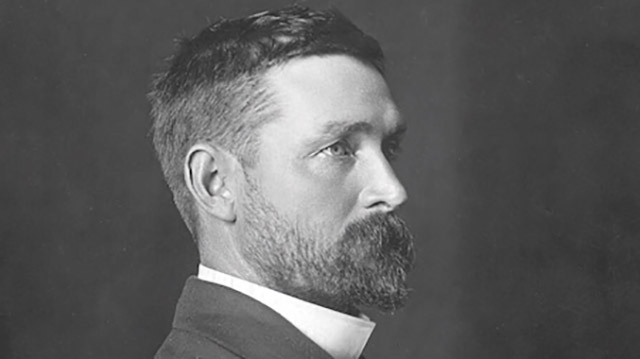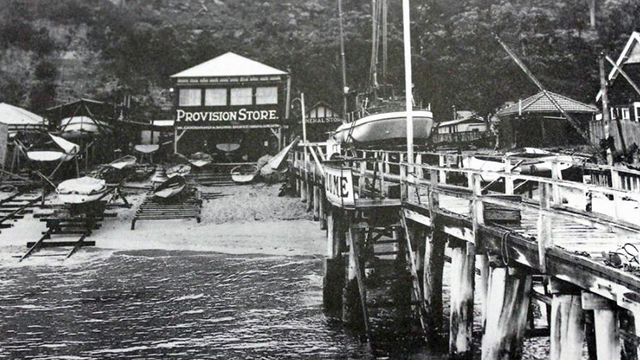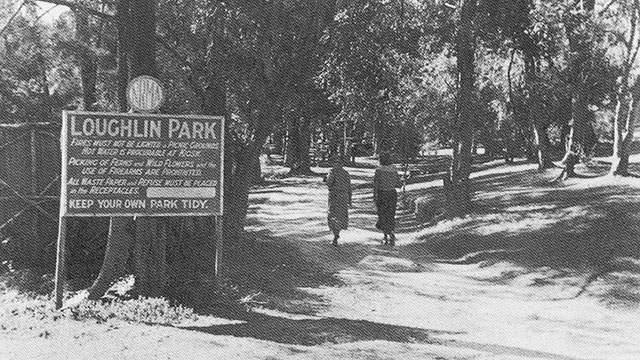Volunteers in the NRMA Women’s Transport Auxiliary earned new respect for women members, taking on roles in wartime that were previously reserved only for men.
With the onset of World War II, women were were seen as an important and highly capable part of the war effort and old-fashioned attitudes about women drivers began to change. Contributing to that shift in opinion was the NRMA Women’s Transport Auxiliary, formed in early 1940 to help provide transport for volunteer workers.
The women’s auxiliary was open to those aged from 21 to 45, with current driving licences, and was promoted as being an opportunity for women motorists ”to give practical assistance in the national cause”. The exam was stringent and, when 93 per cent of the women who took it passed, they effectively silenced their critics, particularly the narrow-minded men who had underestimated them for decades.
Under the National Emergency Scheme, NRMA engineers and patrols trained 700 women to handle heavy motor vehicles and ambulances. J. C. Watson was quick to establish the NRMA’s inclusive position on women motorists, insisting that they had to be respected on the road.
“As motorists, it is fast becoming a matter of accepting equality, and if the NRMA classes of instruction bear any fruit, she may also be able to take her place at the man’s side in the difficult art of motor ‘trouble shooting’, to be called upon for help in case of national emergency,” he said.
As in the military, uniforms for the NRMA Women’s Transport Auxiliary were important. At the first meeting of the auxiliary, a sample dress uniform was approved. It consisted of a navy military coat and skirt of Harris Tweed, navy silk shirt and a maroon tie. The hat was of service design and shoes were to be black and flat-heeled, and natural-coloured hosiery was to be worn. The workshop dress was a navy blue boiler suit of special design.
Gladys Sandford
Mrs Gladys Sandford was elected president of the NRMA Women’s Transport Auxiliary in March 1940 and it would be hard to find a more impressive woman to mentor and train the volunteers in military drill, heavy vehicle driving and engine maintenance. Australian-born and raised in New Zealand, Sandford sailed to Egypt with the New Zealand Volunteer Sisterhood to work as an ambulance driver in 1916. She transported injured soldiers to hospitals in Giza and England and was awarded an MBE (Member of the Most Excellent Order of the British Empire) in 1920 for her war services.
With an adventurous spirit and expert mechanical skills, in 1925 Sandford was the first woman in New Zealand to gain a pilot’s licence. She also became an Australian motoring pioneer when, in 1927, she set off on a tour around the country in an Essex Six car, travelling 17,800km.
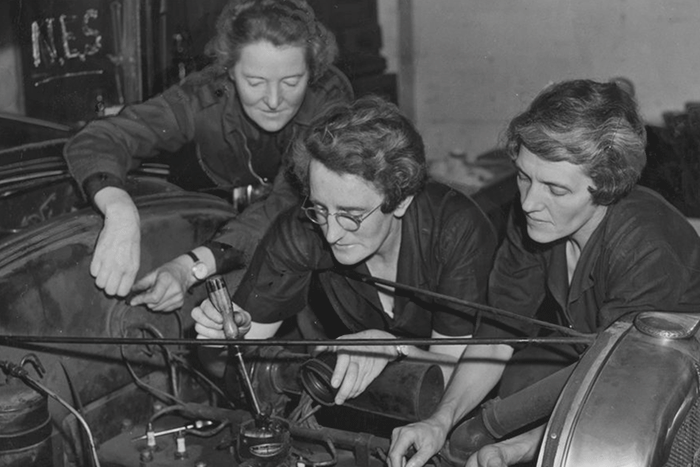
NRMA Staff member Miss K Broadbent organised a Women’s Auxiliary Transport Corps and successfully trained 506 women to handle trucks, lorries, ambulances and motor cycles. (Image source: National Library of Australia)
Miss K. Broadbent
But the real powerhouse behind the women’s auxiliary was NRMA staff member Miss K. Broadbent, who organised members and their cars, requested donations and oversaw the numerous transport queries from the military. Throughout the war years, the women’s auxiliary worked alongside the men in the NRMA Transport Auxiliary, which drove entertainment groups to and from air force bases and military camps. These performers brought good cheer and entertainment to more than 500,000 uniformed men and women.
The auxiliary was also on stand-by to transport evacuees from Hong Kong, Malaysia, the UK, Estonia and the Pacific warzone. By 1940, more than 1500 evacuees had already been transported by NRMA members – all of whom were volunteers donating their time and their cars to pick up evacuees from the wharves and take them to destinations throughout Sydney.
This help for wartime refugees was deeply appreciated at a national and international level. A letter from the Hong Kong government at the time said: “From the first arrival of evacuees in Australia, one of the greatest services was rendered by the Transport Auxiliary in providing private cars with voluntary drivers for the purpose of conveying disembarkees to the accommodation provided, and I can assure you that this service was appreciated in no small measure. I would ask you to kindly convey to Miss Broadbent and her willing helpers my very sincere appreciation and thanks. Service is the foreword of the NRMA and it has been well and truly done in connection with your visitors from Hong Kong.”
The largest job of the NRMA Transport Auxiliary came after the war ended, when, on November 26, 1945, 2000 airmen arrived in Sydney on the troop ship RMS Aquitania and were ferried safely to their homes by the volunteer auxiliary. Soon after, with Australia returning to peace time, both the women’s and men’s transport auxiliaries were quietly disbanded.
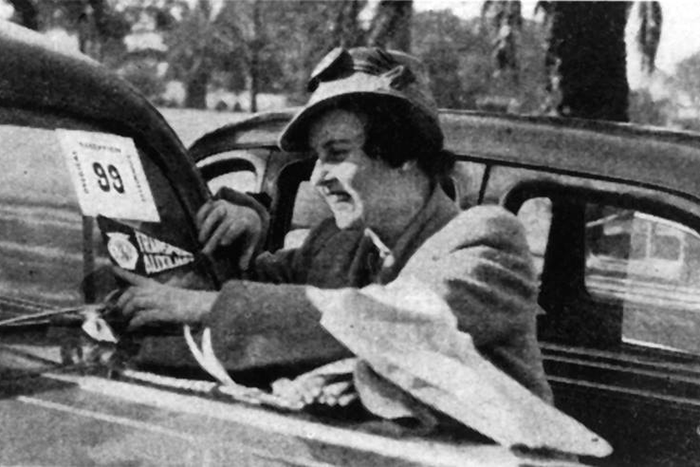
Miss K. Broadbent (Image source: National Library of Australia)
Header image source: State Library of Western Australia b1919657/001878D
This article was published in the Centenary edition of the Open Road

